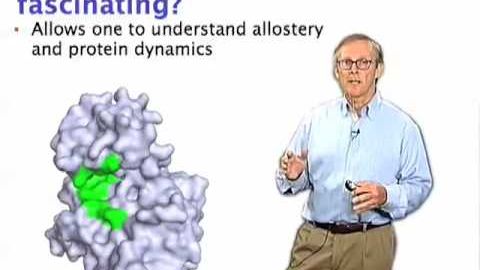
Subtitles & vocabulary
Jim Wells and Michelle Arkin (UCSF) Part 2: From "Hit" to Pill
00
Scott posted on 2014/11/01Save
Video vocabulary
process
US /ˈprɑsˌɛs, ˈproˌsɛs/
・
UK /prə'ses/
- Transitive Verb
- To organize and use data in a computer
- To deal with official forms in the way required
- Noun (Countable/Uncountable)
- Dealing with official forms in the way required
- Set of changes that occur slowly and naturally
A2TOEIC
More lead
US /lid/
・
UK /li:d/
- Noun (Countable/Uncountable)
- Wire for electricity, computer, etc.; cable
- Information that could help to solve a crime
- Adjective
- Being the main part in movies or plays
A1TOEIC
More disease
US /dɪˈziz/
・
UK /dɪˈzi:z/
- Noun (Countable/Uncountable)
- Illness that affects a person, animal, or plant
- A disorder of structure or function in a plant, especially one caused by a pathogen.
- Transitive Verb
- To affect with disease; to corrupt or sicken.
A2TOEIC
More hit
US /hɪt/
・
UK /hɪt/
- Transitive Verb
- To have a negative impact on a person/place/thing
- To press something, such as a button or switch
- Noun
- A planned killing, usually for money
- Song, movie etc. that is successful
A1TOEIC
More Use Energy
Unlock All Vocabulary
Unlock pronunciation, explanations, and filters
